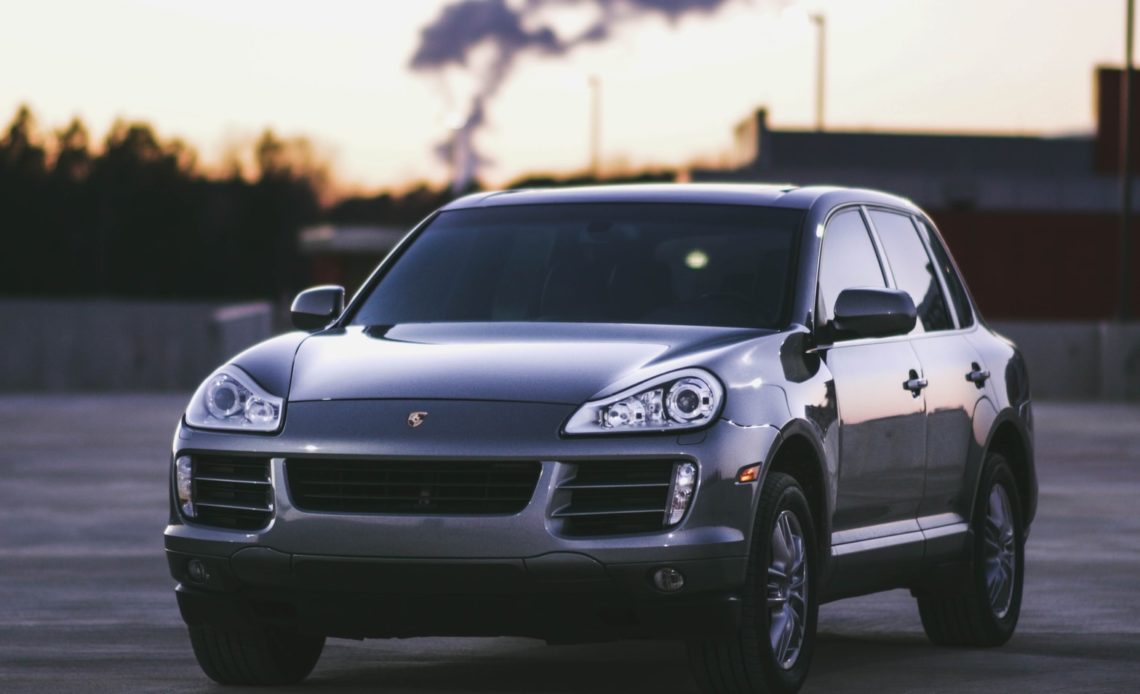
So you bought a new SUV. Congratulations! Now, you need to understand how to drive it. Like with any new car, getting comfortable behind the wheel of an SUV can take some time. Understanding the dimensions, the turning radius, the parking requirements, and the space it needs on the road will come only after you understand how to drive it.
Your SUV may also come with driver-assist features, and you need to understand how they impact your daily drive. They’re also bigger and heavier than hatchbacks or sedans and therefore, will respond to your inputs differently. We’re giving you the tips to handle your SUV safely.
Spend Time With It
To understand how the SUV handles, take it somewhere with a lot of open space without obstacles or people. Once you’re there, experiment with a few maneuvers that will help you understand how your SUV responds. Here’s what you should do:
Accelerate to a normal cruising speed like 35 mph and then brake hard to see how quickly it stops. Keep experimenting by driving to the same speed and applying the brakes in a different manner. Imagine you’re approaching a set of traffic lights and need to stop it in varying distances and braking with varying amounts of pressure can help you understand the stopping power of your SUV.
Try driving your SUV in poor weather conditions like snow or rain. If these conditions often happen in the area where you live, you need to know how to tackle these conditions in your new SUV. Play around carefully with the brakes and the steering to see how each responds when conditions are far from optimal. If it has a switchable four-wheel drive, see how it responds with four-wheel drive engaged and in two-wheel drive mode.
It’s important to understand how your big, heavy, high off the ground SUV handles corners. Expect some amount of body roll, and if you approach a corner at speed, expect it to go wide. Learn the right speed to approach a corner by finding places with curves that are long and curves that are sharp as well.
Stay Alert
Driving an SUV is very different from driving any other type of car. In an SUV, you sit higher up and have a far better view of the road ahead as compared to a sedan or a hatch. Since it is a larger vehicle, it also obstructs the view of the people behind you. This means that the cars behind your SUV will gauge the condition of the road ahead based on your movements.
Because of this, you need to avoid making sharp moves and drive more responsibly than normal. If you need to turn, activate your turn signal a little earlier than normal. When you need to slow down, do it in a steady manner instead of standing on the brakes unless it’s an absolute emergency. Understand the size of your vehicle when you’re parking, exiting a parking lot, changing lanes, and trying to squeeze in between cars. Don’t be a bully, even an unintended one.
